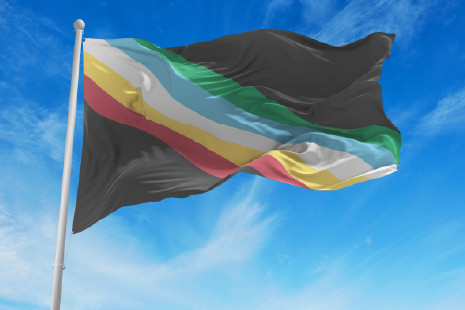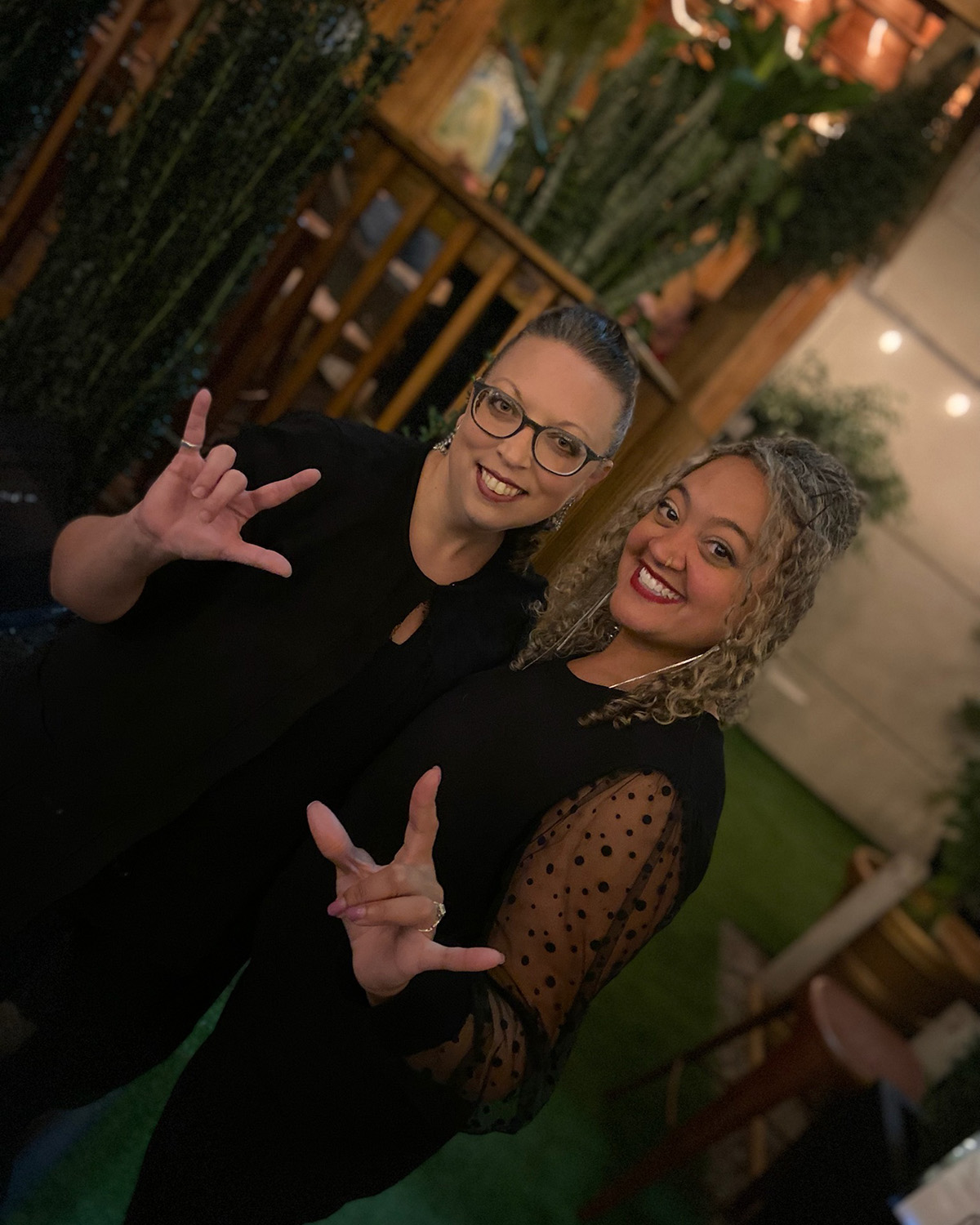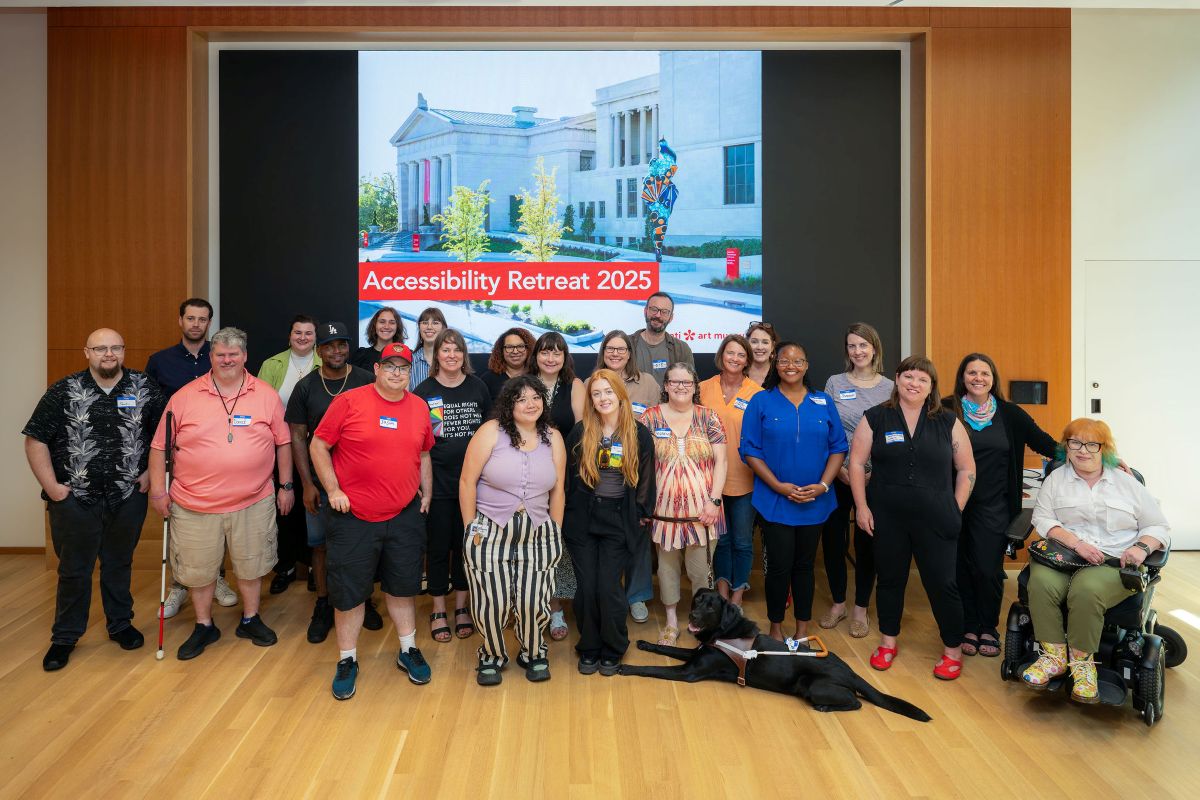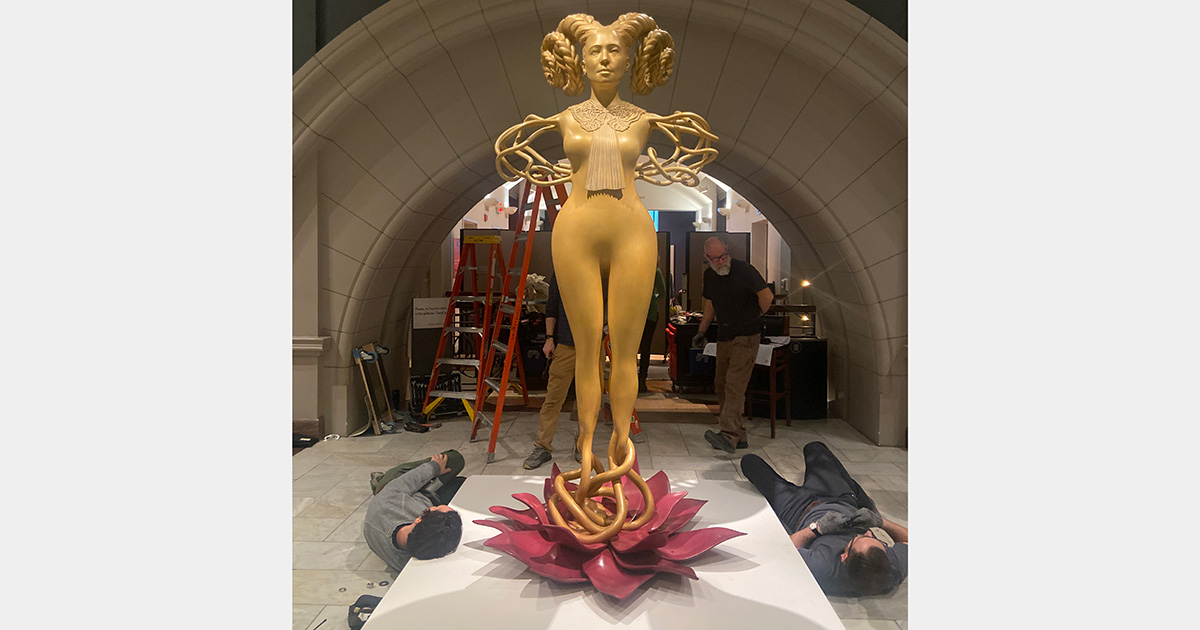- Events & Programs Home
- Calendar
- Accessibility
- Adults
-
Families & Teens
- Families & Teens Home
- 10x10 Teen Art Expo
- Art on the Rise
- Art Together: Art Making for Families with Children Ages 3–5
- Babies Sing with May Festival Minis
- Boy Scouts / Girl Scouts
- CAM Kids Day
- Family Storytime and Gallery Walk
- Family Studio: Art Making for Families with Children Ages 6–12
- Games in the Galleries
- Members-Only Baby Tours
- Public Baby Tours
- REC Reads
- Rosenthal Education Center (REC)
- Saturday Morning Art Class
- See Play Learn Kits
- Summer Camp
- Teen Fest: Zine and Comic Exchange
- RECreate
- Teachers
- Community Outreach
- Fundraisers
- Plan Your Own Event

- Events & Programs Home
- Calendar
- Accessibility
- Adults
-
Families & Teens
- Families & Teens Home
- 10x10 Teen Art Expo
- Art on the Rise
- Art Together: Art Making for Families with Children Ages 3–5
- Babies Sing with May Festival Minis
- Boy Scouts / Girl Scouts
- CAM Kids Day
- Family Storytime and Gallery Walk
- Family Studio: Art Making for Families with Children Ages 6–12
- Games in the Galleries
- Members-Only Baby Tours
- Public Baby Tours
- REC Reads
- Rosenthal Education Center (REC)
- Saturday Morning Art Class
- See Play Learn Kits
- Summer Camp
- Teen Fest: Zine and Comic Exchange
- RECreate
- Teachers
- Community Outreach
- Fundraisers
- Plan Your Own Event
Blog: CAM Uncovered
Blog: CAM Uncovered
- Home
- Plan Your Visit
- Art
-
Events & Programs
- Events & Programs Home
- Calendar
- Accessibility
- Adults
-
Families & Teens
- Families & Teens Home
- 10x10 Teen Art Expo
- Art on the Rise
- Art Together: Art Making for Families with Children Ages 3–5
- Babies Sing with May Festival Minis
- Boy Scouts / Girl Scouts
- CAM Kids Day
- Family Storytime and Gallery Walk
- Family Studio: Art Making for Families with Children Ages 6–12
- Games in the Galleries
- Members-Only Baby Tours
- Public Baby Tours
- REC Reads
- Rosenthal Education Center (REC)
- Saturday Morning Art Class
- See Play Learn Kits
- Summer Camp
- Teen Fest: Zine and Comic Exchange
- RECreate
- Teachers
- Community Outreach
- Fundraisers
- Plan Your Own Event
- Give & Join
- About
- Tickets
- Calendar
- Exhibitions
- Collections
- Blog
- Shop
The Rexroth Project: Increasing Accessibility for Exhibitions
by Charlotte Ogorek, Rexroth Project Assistant, Curatorial Department
7/23/2025
accessibility , exhibition design , exhibitions
In the fall of 2026, visitors will experience the opening of a long-awaited, major exhibition about American photographer Nancy Rexroth (b. 1946). Along with it, visitors will see the results of a three-year project to increase the accessibility of our special exhibitions here at the Cincinnati Art Museum.
The museum has made great strides in recent years to create a more inclusive environment for our visitors with disabilities within the building, with including the addition of a calm space and new accessible restrooms on the renovated ground floor; an accessibility cart offering visitors resources including such as fidgets, headphones, large-print and audio interpretation; and Braille content available in the permanent galleries for visitors who are blind or have low vision. While these upgrades help to make the museum more accessible overall, special exhibitions—those presented for just a few months’ time —pose a unique set of challenges. Limited space, barriers presented by a historic building, and the temporary nature of special exhibitions raise the bar for our accessibility work.
The Rexroth Project focuses on one special exhibition as an opportunity to explore how the Curatorial department can work with staff across the museum—and community experts—to give greater consideration to our visitors with disabilities and create more equitable experiences in special exhibitions. My position, Rexroth Project Assistant, has been enabled by a generous grant from the Millstone Fund. As the Rexroth Project Assistant, I work closely with the Curator of Photography Nathaniel Stein and the Assistant Director of Gallery & Accessibility Programs Sara Birkofer, conduct research and attend workshops and symposia to stay up to date on ever-evolving best practices, and most importantly, co-lead a working group of key staff and community members drawn from the museum’s larger Arts and Culture Accessibility Committee (ACAC). The working group meets virtually and in person to identify needs, workshop ideas, share knowledge, and receive crucial feedback throughout the exhibition planning process. Together with our community advisors, who either experience disabilities themselves or work closely with the disability community, we identified five accessibility priority areas to focus on within the Rexroth exhibition. These areas are wayfinding, multisensory interpretation, physical space, awareness and invitation, and delivery of access tools.
The months ahead will be spent creating and testing prototypes and strategies to mitigate barriers in each of our focus areas. Strategies and tools that prove successful will be implemented in the Rexroth exhibition in 2026—so keep an eye out for the unexpected ways they enrich your experience, whether you have a disability or not. We will be asking for feedback, too, and sharing what we’ve learned with colleagues at CAM and throughout the region. Together we can make exhibitions more accessible at CAM and beyond!

Related Blog Posts



Cincinnati, OH 45202
Toll Free: 1 (877) 472-4226
Museum Hours
Museum Shop
Terrace Café
Library
Cincinnati Art Museum is supported by the tens of thousands of people who give generously to the annual ArtsWave Campaign, the region's primary source for arts funding.

Free general admission to the Cincinnati Art Museum is made possible by a gift from the Rosenthal Family Foundation. Exhibition pricing may vary. Parking at the Cincinnati Art Museum is free.
Generous support for our extended Thursday hours is provided by Art Bridges Foundation’s Access for All program.

General operating support provided by:



